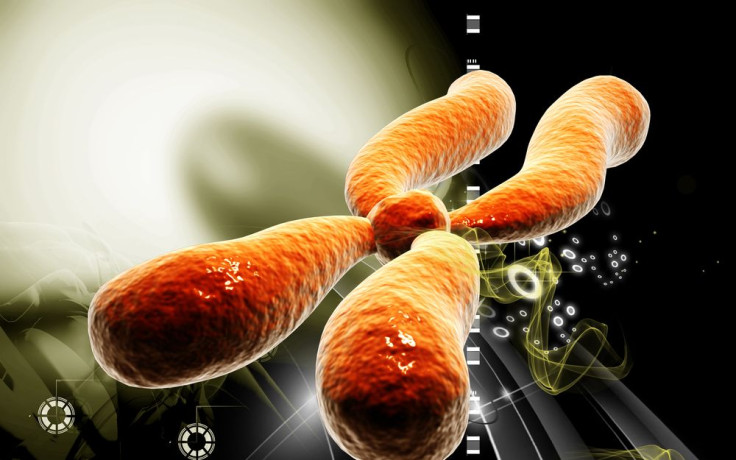Frankenstein DNA Is Born When Chromosomes Shatter, And This Monster Fuels Cancer Growth

How exactly does cancer grow? This is the million-dollar question routinely asked by scientists around the world who are seeking a cure for the disease — or at least a new drug target. Some tumors found in three percent of all cancers, a new study suggests, ensure their own malignant survival by creating massive DNA molecules. These neochromosomes, as they have been called, are formed like a quilt — or like the monster created by Dr. Frankenstein — by stitching together loose DNA resulting from the shattering of normal chromosomes. Importantly, the massive neochromosomes seem to selectively attract and replicate oncogenes, mutated DNA that is key to developing cancer.
Your Genes Are Packaged Within Each Cell In Your Body
The nucleus of every cell in your body contains about 3 meters (nearly 10 feet) of DNA. How does all that DNA fit in tiny cells? First, the DNA is tightly compacted, and then it is squeezed into tubular structures called chromosomes. The nucleus of each normal cell has 23 pairs or 46 chromosomes in total. This is the everyday. How, then, do neochromosomes, both monstrous in size and containing many extra copies of oncogenes occur?
To begin their study of these special structures, the research team mapped neochromosomes from liposarcomas (tumors found in fat tissue) by using DNA sequencing. Next, the team used advanced mathematics to model and reconstruct the sequence of events that might have caused a neochromosome to form in the first place. The researchers deduced that a shattering of chromosomes must have begun the process.
“We showed that chromosome 12 shatters and its remnants form a ring of DNA in a haphazard fashion,” said Dr. Tony Papenfuss, an associate professor from the Walter and Eliza Hall Institute and Peter MacCallum Cancer Centre. He compared the research to archaeology, with the team needing to sift through the ruins of past catastrophic events in order to understand the present.
Papenfuss explained, as cells continue to divide and replicate, the ring of DNA (or circular chromosomes) get copied and pulled into different cells — essentially, a constant abnormal morphing is taking place. Small circles of DNA gradually become giant circles and progressively certain genes, the ones most cancer-causing, are amplified in what appeared to be a selective process. The growing giant also sucked in DNA from all parts of the genome. Then, at a certain point, the circle stops growing and becomes linear, and from here it replicates itself just as a normal chromosome would.
"By the time we look at tumor cells through the microscope, we see giant linear chromosomes," Papenfuss said. In fact, the extent of the genetic rearrangement is remarkable. In some cases, DNA from every chromosome in the cell was found in the neochromosome, with up to 100 copies of key cancer-causing oncogenes.
"These cancers manipulate the normal replication process in an ingenious way, creating a monster that can selectively steal and amplify the genes it needs to grow and survive," said Dr. David Thomas, director of the Kinghorn Cancer Centre at the Garvan Institute.
The good news in this shadowy world of monsters? The researchers also identified a potential drug target. "When the key oncogenes that were massively amplified in the cancer cells were blocked, the cancer cells died," Thomas said. And so the monster was born and died.
Source: Thomas D, Papenfuss T, Garsed D, Marshall O, Corbin V. Cancer Cell. 2014.



























